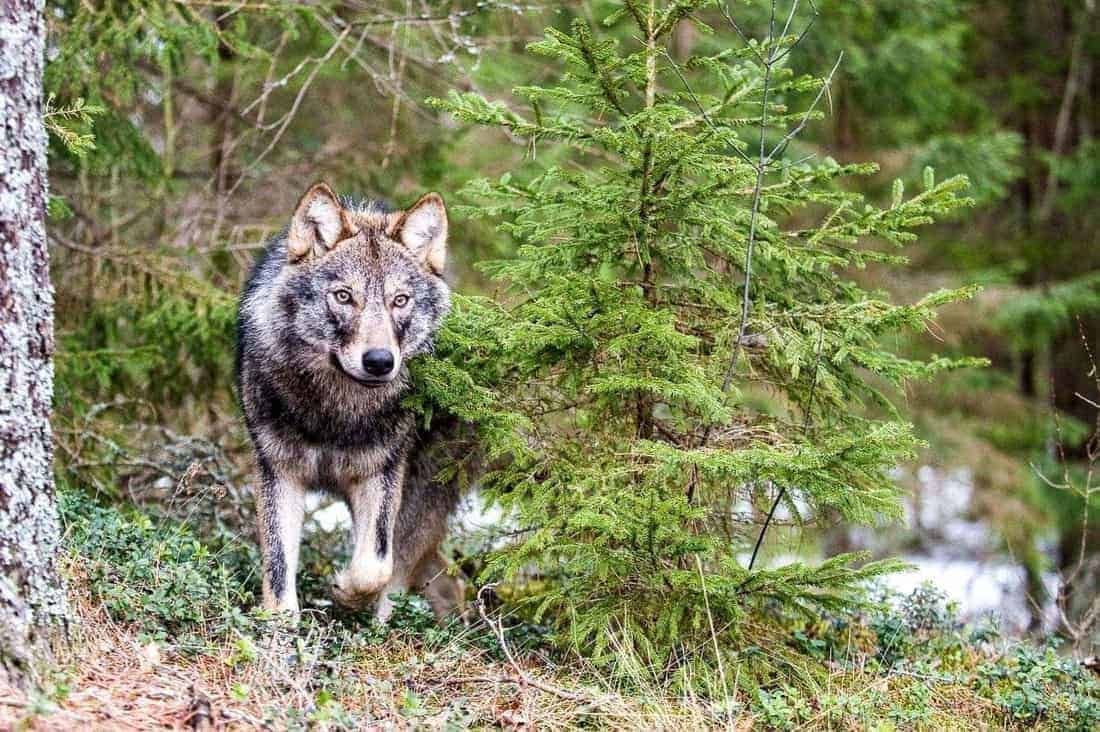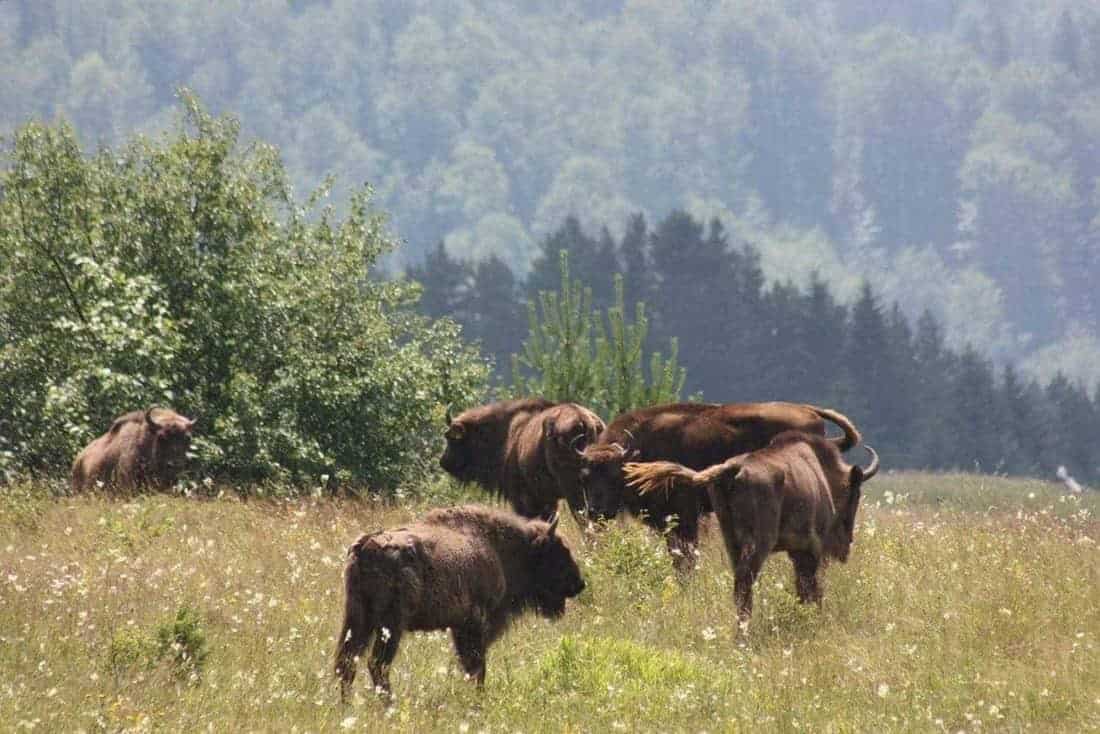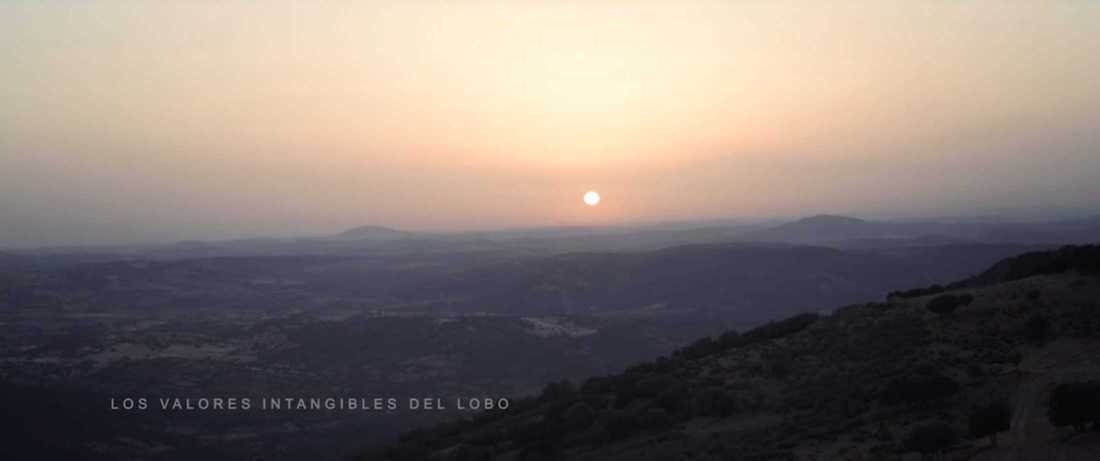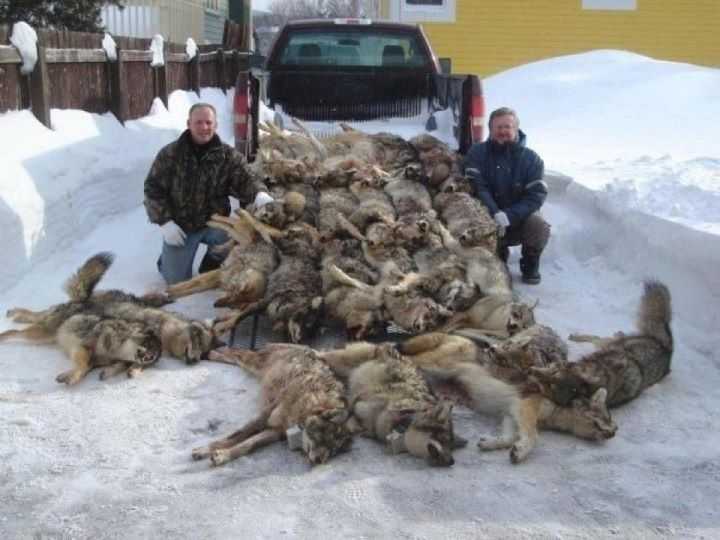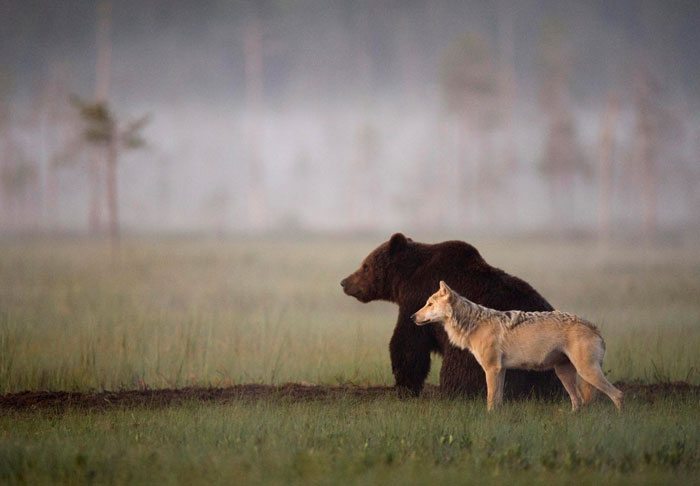Extinction of species
The current global species extinction is one of the main proofs that the human impact on global ecosystems has catastrophic consequences. Nevertheless, we have to be aware that species extinctions always occured. They were simply part of the nature dynamic processes in the past, nowadays and will continue to be in the future. However, the last time the extinctions were so common as now was at the end of dinosaur time.
Humans are clearly the cause of the current global species extinction. Our current way of life is definitely not in the line with natural dynamic principles. Researchers say that this is the sixth mass extinction. This one is purely a result of our action and we don’t know what are going to be the its consequences.

The previous five mass species extinction were caused by natural disasters long before humankind existed. These were for example mass volcano eruptions and meteorite impact.
The current extinction
The main reasons for the modern mass extinction are over-exploitation, pollution, habitat loss and modification, introduction of invasive species (such as new predators and food competitors) or trophic cascades. The current explosive, unsustainable human population growth is an essential reason for this crisis.
The speed of the current extinction
The species extinction is a natural phenomenon and it occurs at a natural rate of about 0.1 species per million years. Scientists estimate that we are now losing species in a speed 1,000 to 10,000 times faster than is the natural rate. Recent reports revealed that currently there are globally very likely ca 1 million species threaten with extinction.
Extinction and human pressure
Looking back, one hypothesis is saying that the extermination of mammoth in Europe and North America happened not only due to the climate change, but that men actually significantly contributed to that through overhunting.
Later on, there is a lot of evidence about human pressure on nature. The history reveals that in the past the humans exterminated big animals like lions and also aurochs in Europe. The significant impact started back in the Middle Ages. Then, the human influence led to extinction population of native predators, such as bear, wolf and lynx in a large part of Western Europe.
Humans accepted the situation
History proves that man has wide skills and capability to survive even in very difficult conditions. He got used to live out the land but also tried to get more reliable source of food (e.g. agriculture). Simultaneously he always tried to simplify his life conditions. For example, he turned forest to the field and killed competitors to gain food, in this case particularly carnivores. In this way since eons the man considered predators as a threat and competition to get food. The history is providing plenty of proof of this process.
Is extinction a threat?
Many people think that it does not matter if we lost 20 or 200 species on our planet every day. They believe that we already have the knowledge and wealth to keep the ordinary life even with the dramatic speed of species extinction. Researchers don’t agree with that, as natural ecosystem provide countless essential ecosystem services.
Extinction seems to be an important part of natural dynamic, but at the current rate, caused by man, it is life threatening. It is already very clear that this process is much more dangerous for man than for nature. Nature will definitely survive but the same scenario cannot be guaranteed for man.










